 Colored vinyl records
Colored vinyl records
The anatomy of a good turntable
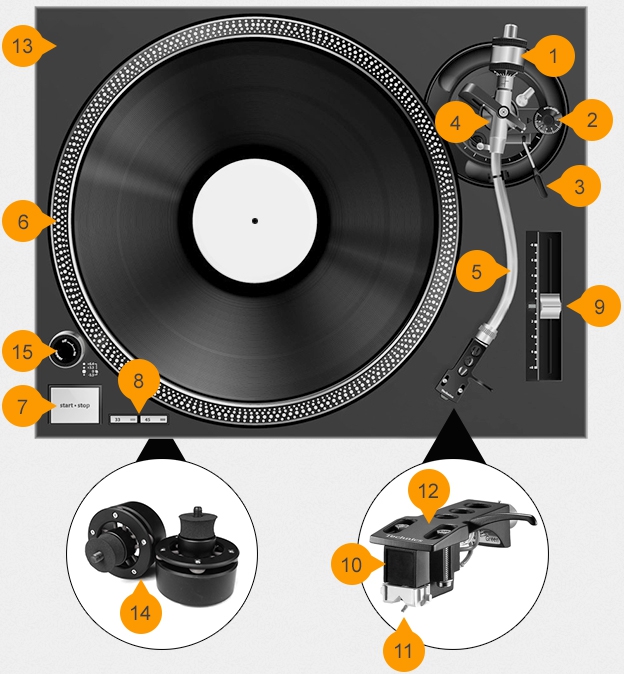
In short, turntables are simple devices with the purpose to spin records at a constant speed and reproduce sound using a needle (watch this to get the idea). But how precisely your turntable performs this task determines the quality of sound it reproduces. Below, you'll find a list of the main components that make a good record player, each part affects what is heard...
1. Adjustable counterbalance weight
Adjustable counterbalance is an essential feature to look for when choosing a record player. Usually this is a rotating tonearm counterweight with which you can independently adjust the tracking force of your needle (the amount of vertical pressure keeping your stylus against the surface of the record). Precise tracking force is important for the quality of sound and to prevent damage to your stylus and your records. If it's set too heavy, your stylus will be too light and will cause the record to skip. If it's set too light, your needle will be too heavy and while it will track your vinyl well, it can cause damage to the grooves of the record. Before setting the tracking force, it's important to balance the tonearm as much as you can. Watch this video on how to adjust your turntable's tonearm.
2. Anti-skate adjustment
Anti-skate is a force that prevents the tonearm being pulled towards the center of the record as it spins, pushing the needle too hard against one wall of the groove. A stereo vinyl has two tracks of audio on it, one for the left and one for the right channel. These are the two sides of the groove (looking like a valley) and the stylus runs between them. Without a proper setting of the anti-skate, your grooves may get worn out faster on one side only thus causing a much softer sound on one speaker. Usually the anti-skate setting should be the same as the tracking force on the stylus, but this does not always apply. Also, record players with a straight tone arm, opposed to a S-shaped tone arm my not have an anti-skate dial because it doesn't require anti-skating. Here is a video on how this works and how to set the anti-skating properly.

3. Cueing lever
A cue lever is an essential component of a good turntable, that allows a gentle placement and removal of the stylus from a spinning record.
4. Pivoting mechanism
This allows the tonearm to pivot on one point and lets it move smoothly in any direction, both vertical and horizontal plane with virtually no friction.
5. Tonearm
The tonearm is a crucial link between the record and your speakers, it's the part that holds the pickup cartridge over the groove. There are two main arm designs, straight and S-shaped. With both designs, a good turntable demands a low mass, rigid tonearm that damps cartridge vibration and allows the stylus to maintain a precise geometry in relation to the record grooves. Most turntables have a tonearm made from some kind of alloy, especially aluminum, but some manufacturers often use carbon fiber, graphite and even wood. You should definitely avoid plastic tonearms!
6. Platter
The turntable platter is the rotating component (direct drive or belt-driven), with the main purpose of holding the record in place, but also serves to smooth out speed fluctuations (keep the speed from varying) caused by the motor and to absorb the vibrations of the record under the stylus. The best turntables have a very heavy platter or a ring of weights around the edge to provide the most flywheel effect. You will also need a record mat that provides a cushion for the record, provides grip and also helps damp the higher-frequency vinyl vibrations. In addition, you can use a record clamp for more stability.
7. Start / Stop switch
Most turntables have a start-stop button that starts and stops the rotation of the platter. Some record players are equipped with auto-start. When you press start, it starts the turntable, lifts the arm off the tonearm rest, finds the first track and lovers it automatically. This style of control usually features auto-stop, which automatically returns the tone arm to the storage position after stopping the turntable.
8. Speed switch
These allow for switching the speed of the platter's rotation between 33 RPM (rotations per minute), 45 RPM or 78 RPM.
9. Pitch control
The control that allows you to precisely adjust the speed of the platter's rotation within a specified range (-/+), usually measured in percentage. This is not vital for home listening, but it's an essential part of any professional DJ turntable.
10. Cartridge
This is the main part of your vinyl listening experience and have a large effect on the sound quality of a record player. The phono cartridge is basically a transducer, turning mechanical vibrations picked up by the stylus into electrical signal that is passed through amplification and then converted into sound by a speaker. There is a lot of confusion about this part of the record player, especially among novice users. People often refer to the cartridge as the whole mechanism that picks up the vibrations of the record grooves, but the cartridge is only the housing that supports the stylus (needle). There are a lot of cartridge designs of varying prices, but make sure you get a moving magnet cartridge and stay away from ceramic ones! Cartridges wear out over time and this will affect sound quality. Check out our list of best budget phono cartridges.
11. Stylus (Styli in plural) / Needle
The stylus, or diamond tip (needle) is the component that attaches to the cartridge and rides between the grooves of the vinyl. They are precisely ground and polished to fit the record grooves. The two most common shapes are elliptical and spherical. Each contacts the groove differently, the elliptical stylus allows for more groove contact, which increases fidelity, while the spherical stylus makes less contact with the groove, which yields a more sensitive stylus. You will need to replace these from time to time (after about 1500-2000 hours of playtime) as they wear down quickly. Not changing them will reduce sound quality and may cause premature damage to your vinyl. The average length of a groove on both sides of the record is over half a mile, so you can imagine how much wear your stylus gets, when traveling at about a mile per hour. If your stylus is not replaceable, you'll need to change the whole cartridge.

12. Headshell
The headshell is a head piece designed to be attached to the end of a record player's tonearm, that the phono cartridge is mounted on. They typically have either slots or holes through which screws may be passed into the cartridge body. While slotted ones allow for the position of the cartridge to be adjusted for correct alignment, fixed holes will not be suitable for all cartridges.
13. Plinth / Base
The plinth of the turntable is the foundation that supports the rest of the components. Its basic function is to isolate the components mechanically from each other, so usually it's better if it's made out of a heavy material.
14. Isolation feet
These feet under the turntable plinth can isolate it from shelf and floor vibrations, allowing less vibration to come up through, ensuring stability.
15. On / Off switch
Take a guess...
 Gustavo Santaolalla
Gustavo Santaolalla
 Bronson
Bronson
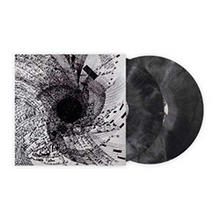 Flying Lotus
Flying Lotus
 Black Pumas
Black Pumas
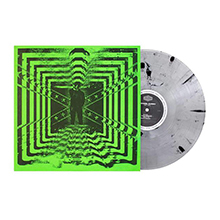 Denzel Curry
Denzel Curry
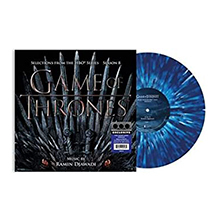 Ramin Djawadi
Ramin Djawadi
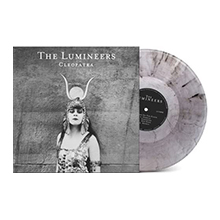 The Lumineers
The Lumineers
 Polyphia
Polyphia
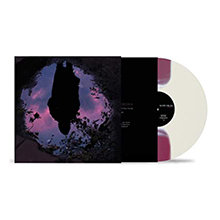 Slow Crush
Slow Crush
 Phil Collins
Phil Collins